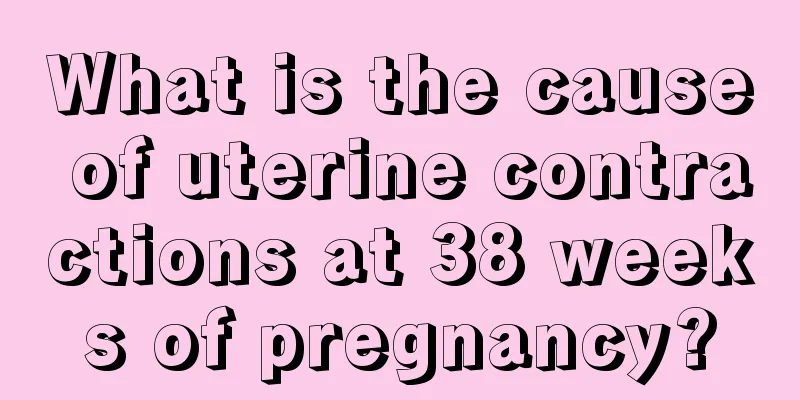What is the cause of bilateral polycystic ovary changes?

|
Polycystic changes of both ovaries is a common disease. Patients with this disease are prone to various symptoms. At this time, you must pay attention to your body. For example, during menstruation, do not do too strenuous physical activities, do not engage in too heavy physical labor, do not have sexual intercourse during menstruation, and try to adjust your emotions, do not hold grudges, and try to avoid various factors that can easily lead to endocrine disorders. The symptoms of polycystic ovary include menstrual disorders or even amenorrhea. Many patients with the disease also have high androgen levels and increased prolactin levels. The patient's ovaries are enlarged and have multiple small follicles. Even if ovulation is induced, ovulation disorders or luteinized cysts and thick ovarian walls may occur. It is related to pancreatic islet antagonism. Immune substances may appear around the patient's ovaries, affecting the maturation or discharge of follicles. Some women with PCOS are insensitive to insulin, so their bodies produce more insulin. Approximately 30%-70% of patients have elevated insulin levels, which in turn stimulates the ovaries to synthesize more androgens, further inhibiting ovulation. The pathological mechanism is mainly due to endocrine disorders that cause the ovaries to not ovulate for a long time. Due to the absence of ovulation, the level of luteinizing hormone increases, while the level of follicle-stimulating hormone (whose main function is to promote the growth and development of follicles) is relatively low. Due to the influence of high luteinizing hormone, androgen is 50%-150% higher than normal, androgen will further inhibit ovulation; anovulation also leads to a lack of cyclical progesterone secretion. This hormone secretion disorder further causes increased luteinizing hormone secretion, which in turn causes menstrual changes and obstructed follicle development, forming an interconnected "vicious circle." Patients with bilateral polycystic ovary changes should pay attention to keeping a calm and cheerful mood. A good mood can enhance the body's immune ability. In daily life, you should pay attention to keeping warm and try to avoid catching colds. Patients must take good contraceptive measures during sexual intercourse to avoid accidental pregnancy. In addition, when taking certain medications, you must carefully seek the advice of your doctor and make sure to choose the medication reasonably based on changes in your condition and needs. |
<<: What are the reactions during the ninth week of pregnancy?
>>: How to detect embryo transfer on the thirteenth day
Recommend
Menstrual period is not red and the color is very light
Due to the action of sex hormones secreted by the...
How to quickly recover from cracked nipples for new mothers
When women just become mothers, due to lack of kn...
Benign postmenopausal bleeding
Normally, women’s menstruation stops and there is...
Cervical cin3 treatment
I believe that most people are unfamiliar with ce...
The benefits of women patting their stomachs
We all know that there are many benefits for wome...
What dishes are suitable for people with internal heat?
Getting angry refers to excessive yang energy in ...
What behaviors can cause miscarriage?
Most of the causes of miscarriage in women are ca...
How to get pregnant during ovulation
Is the probability of pregnancy during ovulation ...
What happens when women suffer from breast hyperplasia?
Gynecological diseases such as breast hyperplasia...
What to do if you have a sore mouth when you are two months pregnant
Women in the early stages of pregnancy often feel...
What are the symptoms of kidney cold in women
In daily life, some women have kidney cold, but t...
Why does vaginal itching occur after menstruation?
Generally, for vulvar itching, doctors need to do...
My period comes and the blood is black
Normally, the blood flowing out of menstruation i...
What is the cause of leukoplakia on the vulva of women?
Many women have problems with their vulva, but ma...









